Black Friday
Written By: Robert H. Keller
19 May 2021 will mark 54 years since 19 May 1967, a day that has been renamed “Black Friday” by Vietnam-era naval aviators. On that day, I was in ship’s company, USS Enterprise CVAN-65, steaming on Yankee Station in the Gulf of Tonkin just off the coast of North Vietnam. We had been in combat operations supporting Operation Rolling Thunder since December 1966, launching our planes for strikes in North Vietnam and Laos, with very little time for rest and relaxation. That Friday was an ALPHA Strike day in which all attack planes from the three carriers that were steaming on the line together, Enterprise, USS Kitty Hawk CVA-63, and USS Bon Homme Richard CVA-31, along with Air Force strike aircraft, were conducting round-the-clock bombing of the same targets.
The purpose of this massive naval air attack was to destroy the Van Dien military vehicle and SAM support depot on the northern outskirts of Hanoi. This strike was the closest that naval air forces were allowed to penetrate around Hanoi from the time the air war began in April 1965. For its part, the Enterprise strike group was comprised of six all-weather A6A Intruders from the VA-35 Black Panthers (Masters of the Monsoon), the main battery of the force (each A-6 was carrying 22 Mk 82s – 500 pound bombs – a total of about 12,000 pounds), approximately a dozen A4 Skyhawks from two different Enterprise squadrons, each carrying about 4,000 pounds of bombs, and approximately six F4 Phantoms from the two Enterprise fighter squadrons who were packing air-to-air missiles (AIM 9, Sidewinders and AIM 7 Sparrows) as well as CBUs (cluster bomb units) for flak suppression.
Up to this point, the A-6’s of VA-35 on Enterprise had been delivering the bulk of the ordnance from the ship – many of the missions were at night. The strike of 19 May 1967 was unique in that it was one of the first ALPHA Strikes for this air wing on a target that was near “down town” Hanoi. There was a concern about bombing errors so visual target acquisition was a requirement – part of the rules of engagement (ROE). All squadrons; A-6s, A-4s, and F-4s were selected to participate. This turned out to be a mistake, given that the flight leader compromised the speed and performance of the A-6 to allow the A-4 Skyhawks (which were significantly slower) to fly in the same formation. Included in the lead group of A6s, were LCDR Red McDaniel and his Bombardier/Navigator (B/N) LT Kelly Patterson, USNA’63 (RAYGUN THREE).
Having successfully launched from Enterprise, and executed a rendezvous of about 24 aircraft, the Strike Group proceeded towards the target at speeds much slower than normal for the A-6’s and F-4s. This enabled the slower A-4s to climb to their roll-in altitude and to keep up. As they were climbing through about 15,000 feet, airspeed was so restricted that the A-6s were almost falling out of the sky. At such low airspeed and reduced power, they could hardly maneuver. They risked stalling and dropping out of the formation, and were sadly just sitting ducks.
The Vietnamese must have sensed their vulnerability. For, at just 40 miles from the target (SW of Hanoi), just at that time (and not surprisingly), the red MISSILE warning light on the top rim of the A-6 instrument panel began to flash, and “RAYGUN THREE” came up on the radio and said: “Blinking Red!” along with many others in the flight whose missile sensors were activated. Simultaneously, the sound of another familiar warning in their head-phones began to scream – the blood curdling warbling of the missile tone that was alerting them to missile(s) in the air! Many SAMs were coming up, and from all directions – absolute chaos! Within seconds of the missile alert, the orange and yellow flash was seen and a concussion was felt (“WARUMMP”) of an exploding SAM as it detonated right next to Red and Kelly. As it exploded, fragments of missile appeared to have sliced right through their aircraft. Red and Kelly gradually banked to the left and began to descend. At first, it was thought that they were okay and just gathering their senses, but in a few seconds they were trailing a gray stream of what must have been fuel coming from their starboard wing next to the fuselage. Kelly’s radio transmission to Red was heard: “Okay Red, let’s get out of here, huh?” and they ejected. Two chutes were seen descending. LCDR Red McDaniel survived the parachute drop and was captured by the North Vietnamese. He spent 6 years in captivity in the Hanoi Hilton and was released in 1973. Kelly Patterson also survived the drop, but suffered a compound fracture with open wound to his leg. Kelly remained in radio contact for three days. An attempt was made to rescue him using a Fulton Extraction Kit using a C-130 aircraft. The Kit was dropped to Kelly but he radioed saying it had been found by the North Vietnamese before he could get to it. When that failed on 22 May, Kelly’s radio went silent and the rescue was called off.
For years, I have taken an interest in the fate of James Kelly Patterson. 19 May 1967 became notorious for being a black day for Naval Aviation. Six planes were shot down that day; two from each ship, including 10 aviators. The crews of each ship knew very well why it was Black Friday. When I left Enterprise upon our return to Alameda, CA, I was transferred to Naval Intelligence Command in the Pentagon. I spent four months TAD with the intelligence damage assessment team when the crew of the USS Pueblo was released by North Korea in December 1968. Ironically, it was during that investigation that possible evidence was disclosed that indicated Kelly Patterson was still alive in January 1968, some eight months after the shoot down. Because this information was highly classified, I could not divulge to anyone this information. It was not until 2012 that NSA declassified the report on the Pueblo loss, and released it to the public.
This day has come quickly since I befriended Kelly’s brother, Luck Patterson. Luck served as a Marine Platoon Commander in the Danang area of South Vietnam during the same time Kelly was serving aboard Enterprise. Kelly was classified by the U.S. Government as body never recovered, assumed deceased, and they failed to classify him as a POW. In fact, the remains of Red and Kelly’s A6 Intruder have never been located. Luck has held out hope that there might be a small chance Kelly was still alive when reports began to surface to support his notion. Years after the shoot down, North Vietnamese in the know indicated that A6 B/Ns were traded to the Russians (NVN was heavily indebted to Russia) who wanted information on the A6’s ability to evade Russian SAMs. Thus, more fuel for Luck to investigate further. In 1995, Luck traveled to the area in North Vietnam looking for the plane and any remains. Coincidentally, he found the remains of a different aircraft that our government had no record of. But he was unable to find any other remains. Luck has been successful in locating former Air Force F4 pilot, Jim Craig, who dropped the Fulton Kit to Kelly. Photos of Red and Kelly’s A6 going down in flames, along with photos of the parachutes descending were also obtained pursuant to Luck’s contacts. Upon his return to Danang, Craig told Luck he petitioned 7th Air Force Commander, Gen. Momyer, to give orders to send in a rescue team since he could absolutely pinpoint the tree where Kelly had been hiding. Sadly, his request to Gen. Momyer was denied; the General was hesitant to risk the loss of a rescue crew. To this day, Luck has not lost hope, as slim as it may be, that Kelly may still be alive. This posting is my memorial to LCDR James Kelly Patterson, USN, a true hero. God bless him and Luck for their service and sacrifices to this grateful nation that will never allow them to be forgotten.
For the record, Enterprise steamed 67,000 miles during its time in the Seventh Fleet from November 1966 to July 1967. During that time, Enterprise launched 13,400 combat sorties destined to North Vietnam, and in support of Operation Rolling Thunder. Those strikes dropped in the areas in and around Hanoi, Haiphong, and the Ho Chi Minh trail in Laos, twenty eight million pounds of ordinance, including mines dropped in Haiphong Harbor waters (the first airborne mine laying operation since WWII. Twenty four aircraft were lost and nineteen fine young naval aviators were killed, and/or confined in the Hanoi Hilton prison.
Photos
First photo: Luck and his North Vietnamese interpreter during Luck’s trip in 1995.
Second photo: Kelly (left) and Red in front of their A6A Intruder aboard Enterprise.
Third photo: Kelly (left) and his brother, Luck, in South Vietnam April 1967.
Fourth photo: RAYGUN THREE (Red and Kelly’s A6 Intruder) in flames descending.
Fifth photo: USS Enterprise CVAN-65 entering Pearl Harbor while steaming for Vietnam.
Additional interesting links:
The Vietnam Memorial Virtual Wall entry for Kelly: http://www.virtualwall.org/dp/PattersonJK01a.htm
http://www.prisoner-of-war.com/
U.S. Naval Academy memorial to Kelly: http://usnamemorialhall.org/…/JAMES_K._PATTERSON,_LCDR…
The POW Network: https://www.pownetwork.org/bios/p/p057.htm






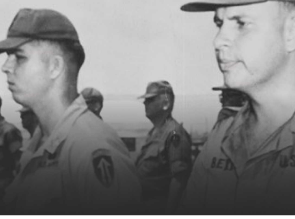






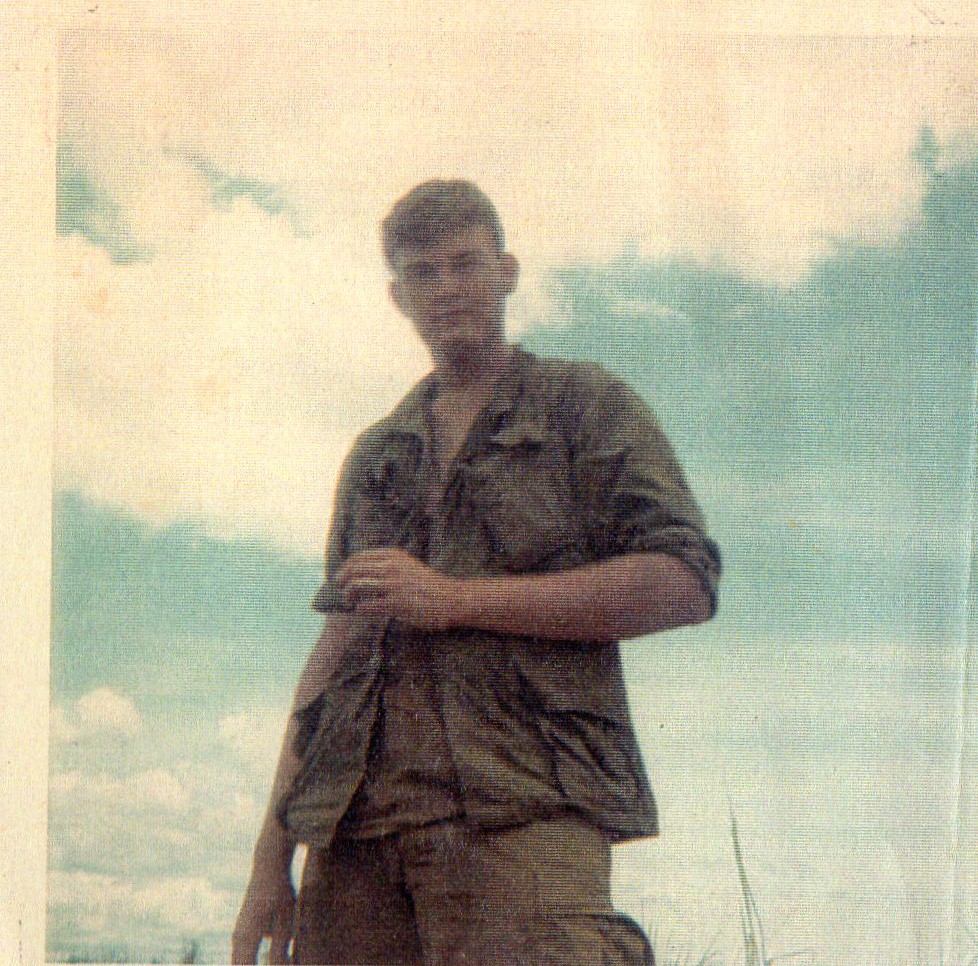
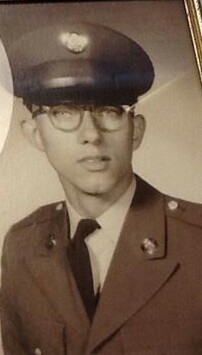

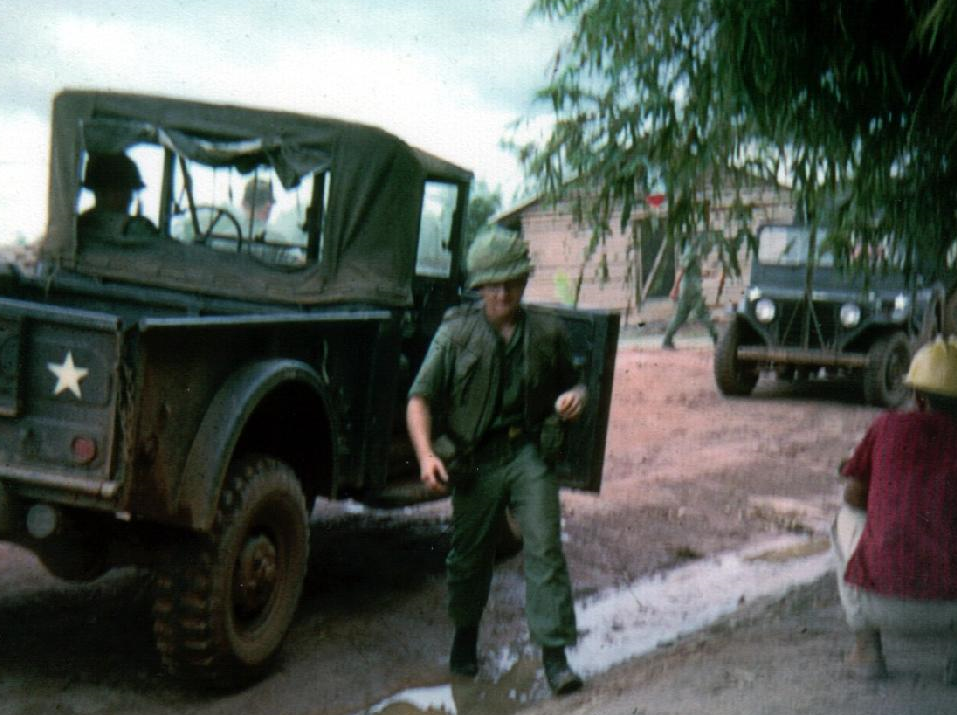
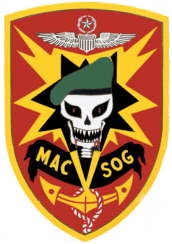

This story is interesting and well told, and brings back some somber memories of my own deployment (as ship’s company) to the Tonkin Gulf on the USS Kitty Hawk (CVA-63) in 1972. We also lost several brave pilots during Operation Linebacker. Many thanks to Robert for his detailed accounting of this sad day.
Robert Citron
Petty Officer 3rd Class
X Division, USS Kitty Hawk